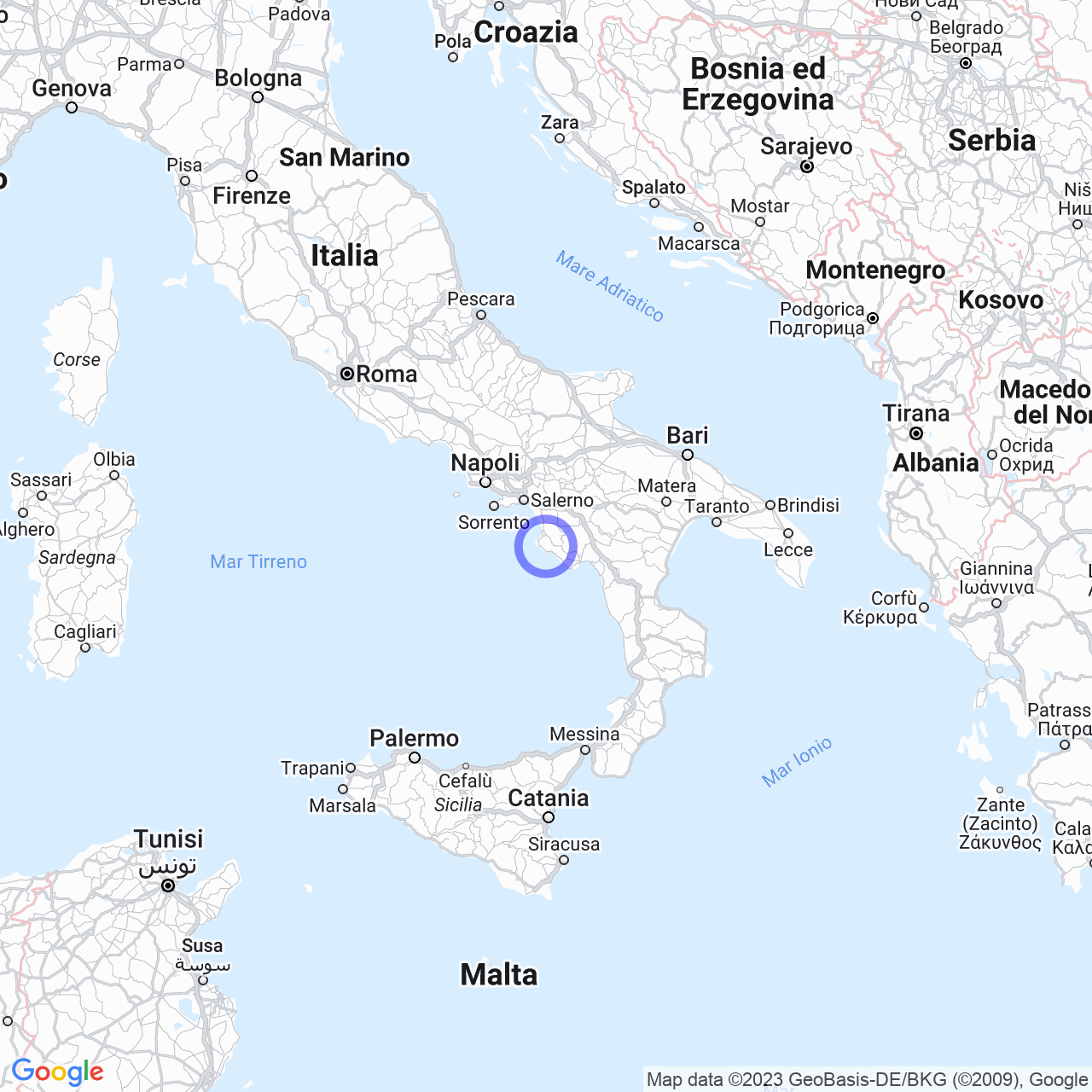San Mauro Cilento
Discovering San Mauro Cilento: an oasis of history and nature
San Mauro Cilento is a municipality in the province of Salerno, in Campania, with a population of 856. The territory of the municipality is characterized by a significant difference in altitude: from the coast, the landscape rises towards the hills where hill farming still constitutes the basis of the economy. Olive oil, wine, figs, fruit orchards, vegetable gardens, and nurseries are just some examples of the products that can be found in the area. The various inhabited nuclei are perched on the side or on the dorsal of a hill and have common elements, such as the houses attached to each other and surrounded by vegetable gardens, the faceted limestone walls, the roofs built with terracotta tiles, the bell towers, and the noble palaces. In this article, we will explore the history and natural beauties of San Mauro Cilento.

Physical Geography
Territory
The territory of San Mauro Cilento is characterized by a significant difference in altitude, from the coastal areas to the hills. The hillside area is still used for agriculture, with an emphasis on olive oil, wine, figs, fruit orchards, vegetable gardens, and nurseries. The inhabited nuclei are characteristic of local architecture.
Climate
San Mauro Cilento has a temperate climate. The average temperature of the coldest month, January, is +8.7 °C, while that of the hottest month, August, is +25.7 °C.
History
San Mauro Cilento consists of two hillside inhabited nuclei: Casal Sottano, at an altitude of 460 m above sea level, and Casal Soprano at 561 m above sea level. A populated center with the name of Santo Mauro is already mentioned in a document from 1092. On the hill of Sala, a rural chapel stands, also known as Fiumicello, which was a populated center in the 12th century. The valley of the Camarano river meets the hill of Quarrata, site of the oldest village of the Tenimento of San Mauro. In Casal Sottano, in the noble district of Aria dei Santi, stands "U Palazzo", the residence of the last heir to the throne of Constantinople, Ruggero Paleologo Porfirogenito, son of Tommaso and brother of Emperor Constantine XI.
Art and Culture
Rogerio, judge ad contracta, moved to San Mauro Cilento after the fall of Constantinople in 1453. With him, many Greek dignitaries moved to San Mauro Cilento and founded a Greek community that initially used the church of Santa Sofia, now called the church of the Addolorata, as a place of worship. Later, a church dedicated to the Holy Spirit was built. The church of San Mauro Martire contains the choir in wood, partially rebuilt in 1727-1730 by Johan Mattia Biber, a German master, who inserted ornamental motifs typical of his culture.
Foce del Fiume Lambro and Surrounding Nature Reserve
The Foce del Fiume Lambro and Surrounding Nature Reserve is an area of great landscape and environmental value located between San Mauro Cilento and Agropoli. From San Mauro Cilento, it is possible to reach the mouth of the Lambro river along a hiking trail that winds through the hills, offering breathtaking views. The reserve is also an excellent destination for a boat trip and offers numerous outdoor activities such as horseback riding, mountain biking, and birdwatching.
San Mauro Cilento is a true hidden treasure that deserves to be explored. With its history, culture, and unspoiled nature, it offers visitors an authentic and unique experience. With its hilly position and the coast within short distance, it is the ideal place to enjoy the best views of Campania.
